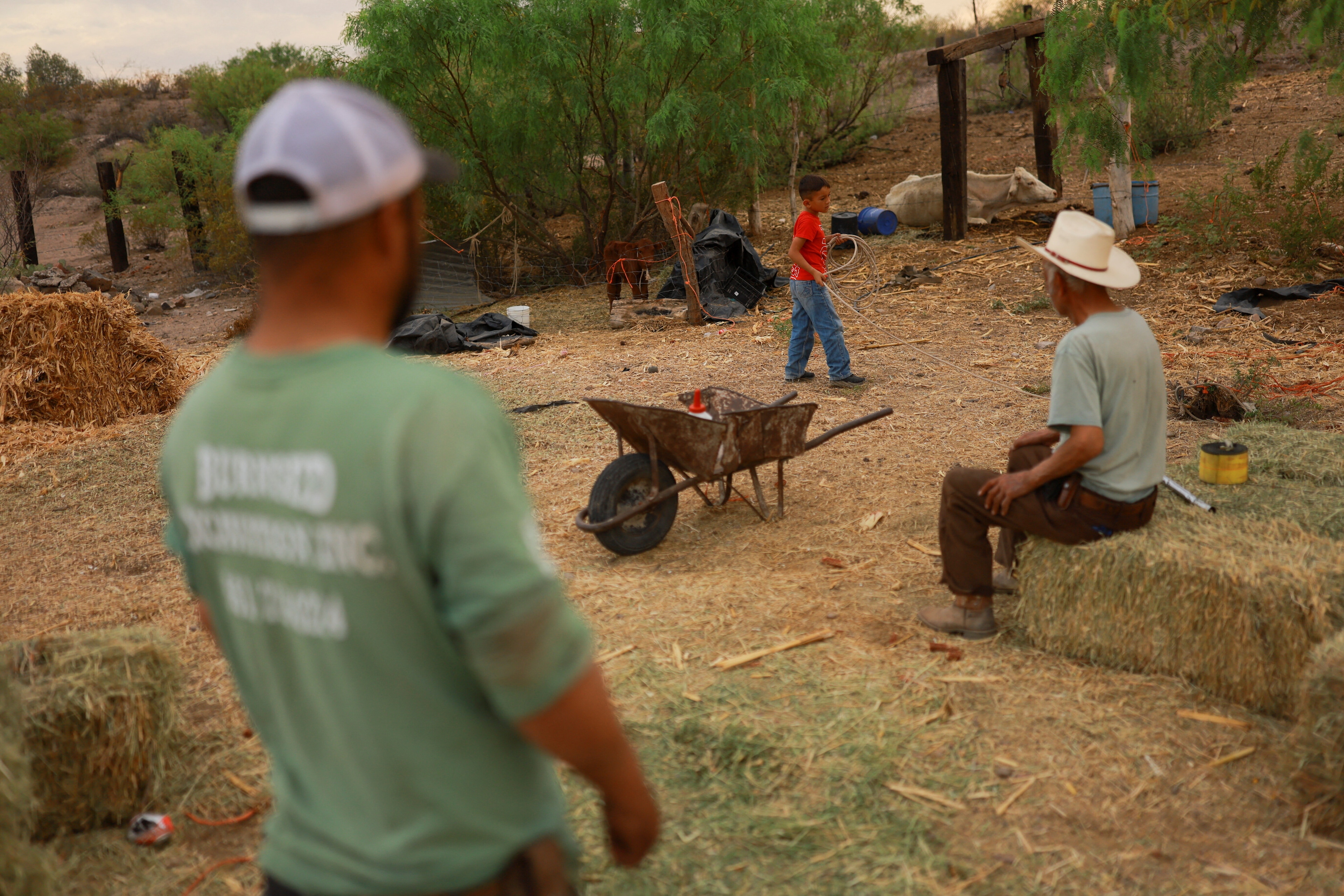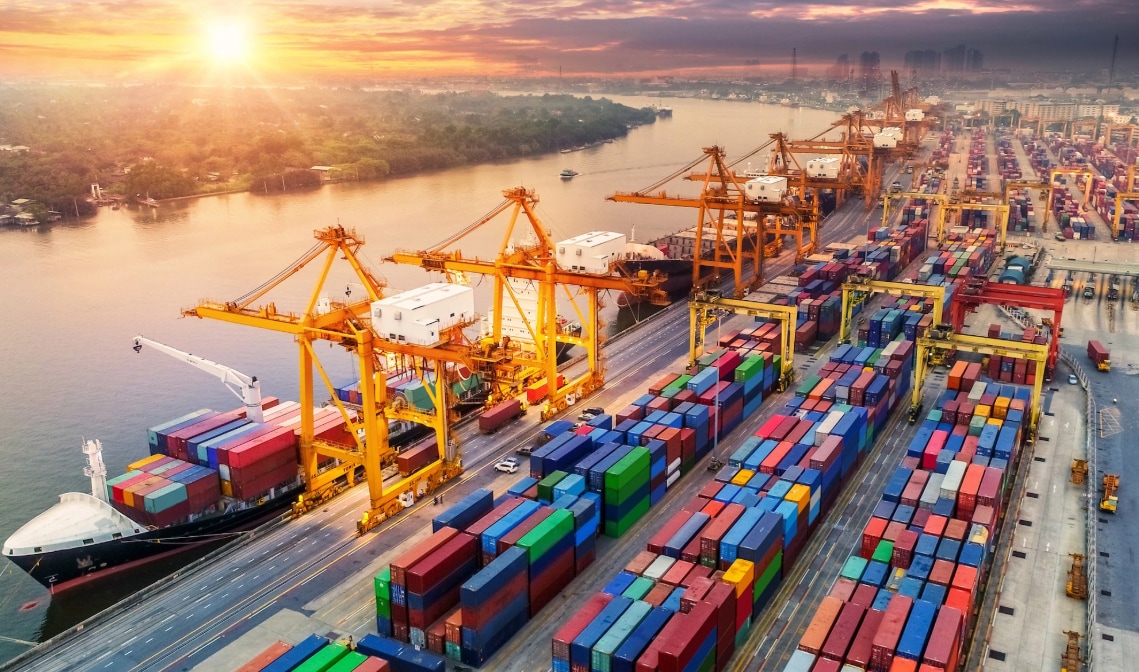7 surprising facts to know about the circular economy for COP26

Image: Pexels
Stay up to date:
SDG 13: Climate Action
- Research shows the transition to renewable energy can only address 55% of emissions; the remaining 45% comes from producing cars, clothes, food and everyday products.
- Circular economy models offer a clear pathway to achieving our collective climate goals, tackling emissions tied to extraction, processing, manufacturing and landfilling of goods.
- Many innovators are addressing today’s challenges, while policymakers are looking at ways to help close the loop on our valuable materials through legislation and incentives.
Leaders across the globe will gather next month for COP26 to collectively accelerate action toward the Paris Agreement and UN Framework Convention on Climate Change.
During a milestone event in 2015, 197 countries signed the Paris Agreement to limit temperature rise to 2°C, with an agreement to aim for a 1.5°C limit. In addition, nearly one-fifth of the world’s 2,000 largest public companies (representing $14 trillion in sales) have committed to net-zero emissions.
So why are scientists, activists and leaders across sectors still worried about the climate crisis? Well, our current policies push us close to a 3°C rise in global temperature. Even our pledges only get us to 2.4°C.
Our reliance on “dirty” and non-renewable energy is a significant contributor to our climate crisis, and a rapid and just transition to renewable sources of energy is critical to reducing global emissions. However, that’s only about half of the answer. Research from the Ellen MacArthur Foundation finds that our transition to renewable energy “can only address 55% of emissions. The remaining 45% comes from producing the cars, clothes, food, and other products we use every day.”
It’s not enough to transition to renewable energy. We also need to tackle carbon emissions tied to the stuff we create, buy, use and dispose of.
So, why worry about production and consumption and consider a circular economy instead? Here are seven reasons to keep in mind as leaders and policymakers discuss how to tackle our climate crisis:
We are taking too much
We depend on our planet’s natural resources for sustenance, protection and basically everything we need to survive. But today, we are taking too much:
1. We’re using more than the Earth can provide. Today, we are using about 1.6 earths; meaning we’re using about 60% more of the earth’s resources than it can regenerate every year. By 2050, with an increased global population and a resulting rise in consumption, that “overshoot” could get to 3-4 earths, which is clearly unsustainable.
2. Over-extraction harms people, the planet and economies. Our current linear system depends on extraction – including of rare natural resources – and is responsible for 53% of the world’s carbon emissions and more than 80% of biodiversity loss, according to a study done by UN Environment.
We are wasting too much
In our linear “take-make-waste” economy, we too quickly dispose of products and materials during production and at the end of use. Our reliance on “waste” systems becomes even more challenging as more people enter the middle class and companies produce “fast consumption” products:
3. Our waste is out of control. Today, the world produces over 2 billion tonnes of solid waste, and that’s expected to grow to 3.4 billion tonnes by 2050. About one-third of that waste is not managed properly. By volume, global waste includes 44% food and organics, 17% paper and 12% plastic – all valuable commodities.
4. Landfills are even deadlier than we thought. Why are landfills especially insidious? In addition to taking up otherwise productive land, this explanation from Waste Dive is especially helpful: “When trash is packed into a pile, the oxygen-free environment supports bacteria that thrive in those conditions. As the microbes degrade the waste, they release carbon dioxide and methane. The latter is… 84 times more potent of a global warming agent than carbon dioxide in the first 20 years of its release.”
5. We waste food every day, even as millions go hungry. 22% of global emissions and 30% of energy consumption come from the food sector. At the same time, nearly one-third of all food produced is wasted, and food waste continues to be the top product found in landfills.

We are tossing money in the trash
A circular economy eliminates the concept of waste altogether, moving us into a more closed-loop system where materials and products are kept in use as long as possible. In doing so, the circular economy tackles some of our greatest social and environmental challenges while unlocking $4.5 trillion in economic value by 2030. Two examples:
6. Tossing textiles. We will throw away 148 million tonnes of clothing each year by 2030. $500 billion in value is at stake by adopting circular fashion solutions, keeping valuable materials out of landfills and reducing our reliance on virgin commodities.
7. The gold in our trash bins. Today we’re throwing away over 50 million tonnes of electronic and electric goods, worth over $62 billion, every year, including rare earth minerals, gold and copper.
A circular economy eliminates the concept of waste altogether, rethinking how we produce and consume. It moves us toward a zero-waste system where throwing away valuable goods is no longer an option.
”A circular economy creates economic, social and environmental wins
By keeping materials in play, circular economy business models offer a clear pathway toward achieving our collective climate goals, and tackling the greenhouse gas emissions tied to the extraction, processing, manufacturing and landfilling of goods. In doing so, these business models create economic value, building local resilience and spurring innovation. And the good news is that companies championing circular business models are gaining traction, rapidly.
What's the World Economic Forum doing about the transition to clean energy?
Already, there are a plethora of innovators addressing today’s challenges, with companies like Thrilling fostering markets for second-hand vintage clothes, Algramo implementing reusable packaging systems for household staples like detergent, and HomeBiogas turning food scraps into clean energy. Even global corporations like Unilever are on board, with Unilever’s Sustainable Living Brands outperforming other brands in their portfolio. And leading governments and policymakers are looking at ways to help close the loop on our valuable materials through both legislation and incentives.
By seizing the opportunity and momentum seen today to scale a truly circular economy, we can accelerate our pathways toward a sustainable and prosperous future and achieve our collective climate goals.
Accept our marketing cookies to access this content.
These cookies are currently disabled in your browser.
Don't miss any update on this topic
Create a free account and access your personalized content collection with our latest publications and analyses.
License and Republishing
World Economic Forum articles may be republished in accordance with the Creative Commons Attribution-NonCommercial-NoDerivatives 4.0 International Public License, and in accordance with our Terms of Use.
The views expressed in this article are those of the author alone and not the World Economic Forum.
Related topics:
Forum Stories newsletter
Bringing you weekly curated insights and analysis on the global issues that matter.
More on Climate ActionSee all
Jose Ignacio Galindo and Nicolas Wertheimer
July 24, 2025
David Elliott
July 22, 2025
Stephanie Dunn and Firuze Alpaydin
July 22, 2025
Muhammad Hassan Dajana and James Balzer
July 22, 2025




